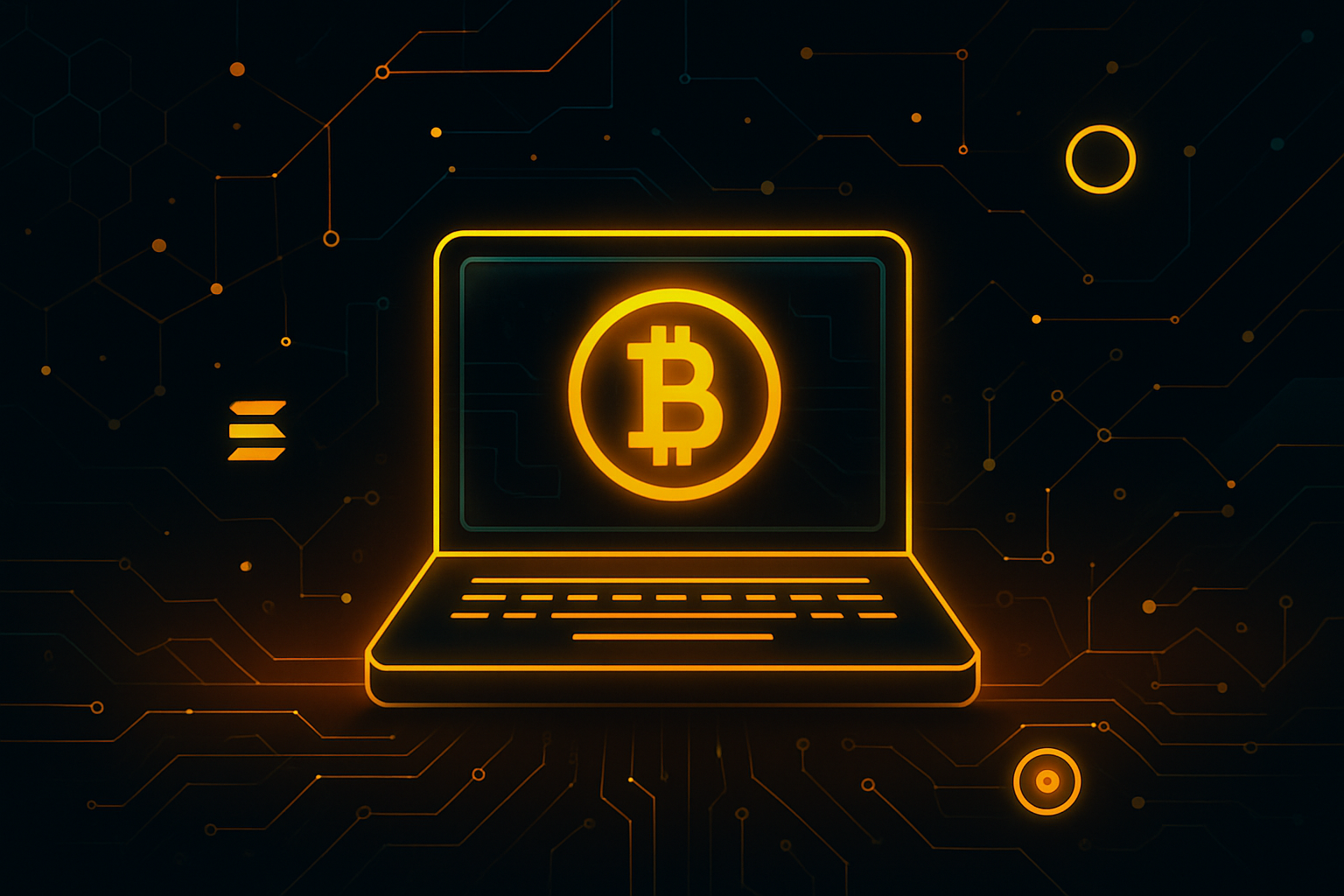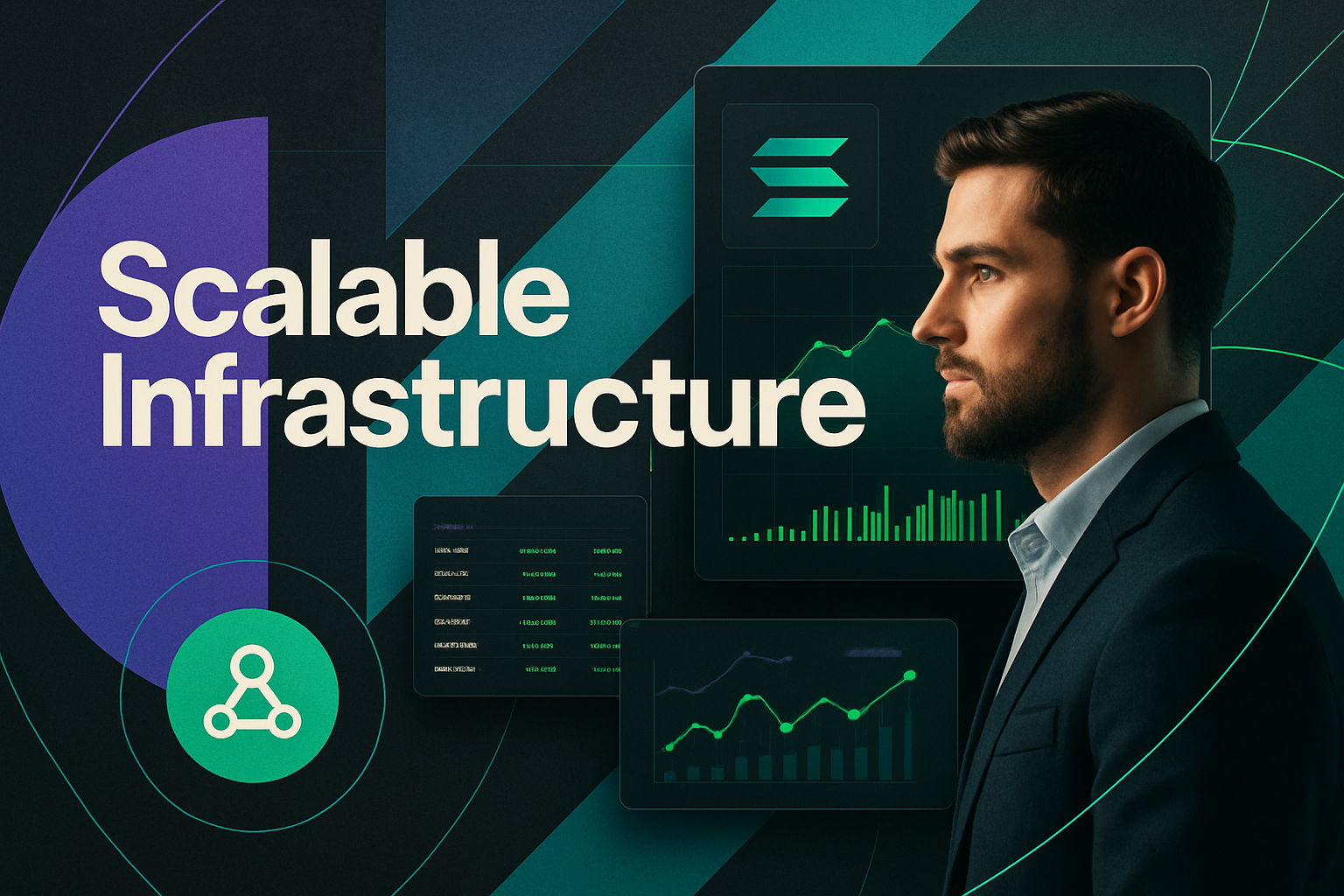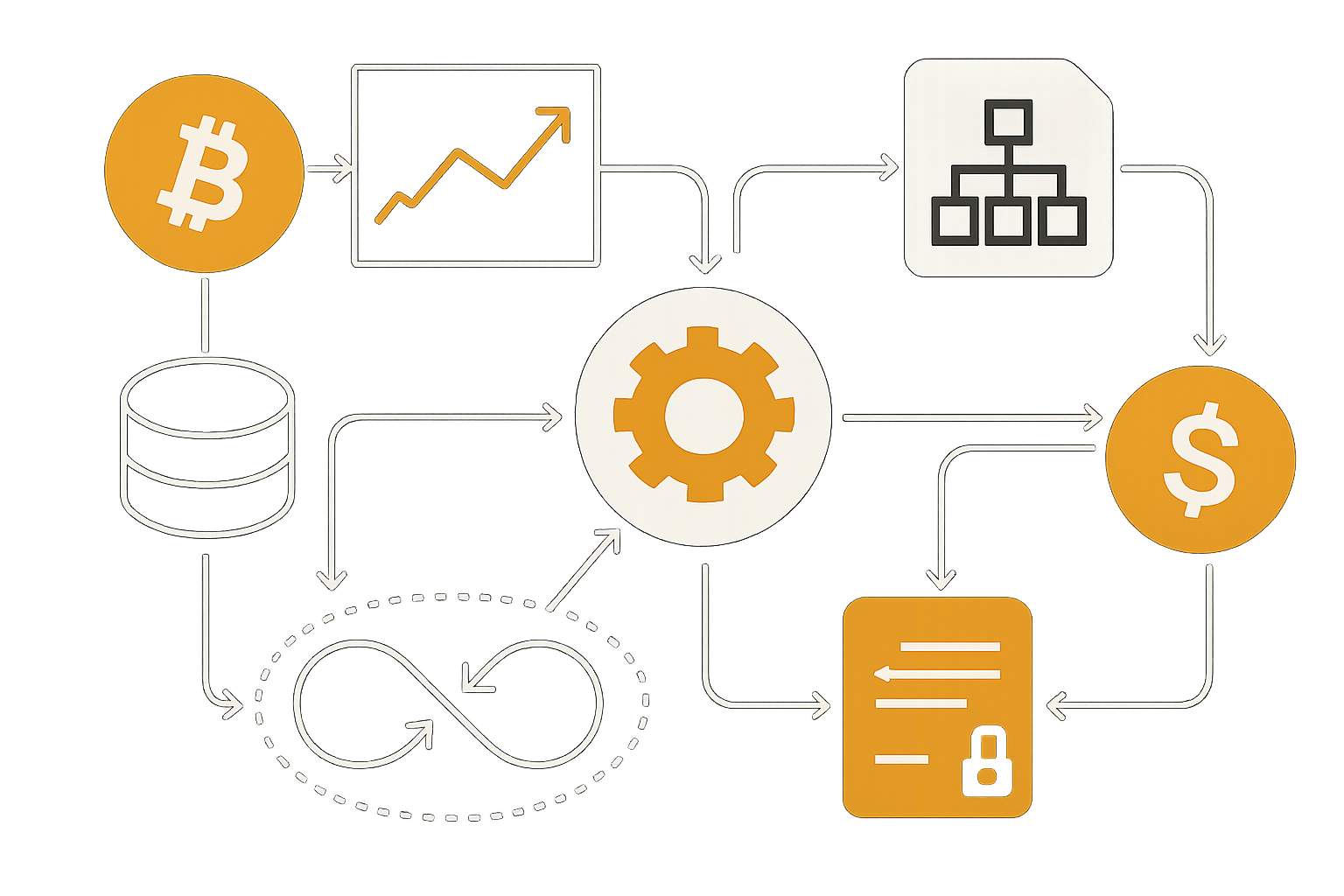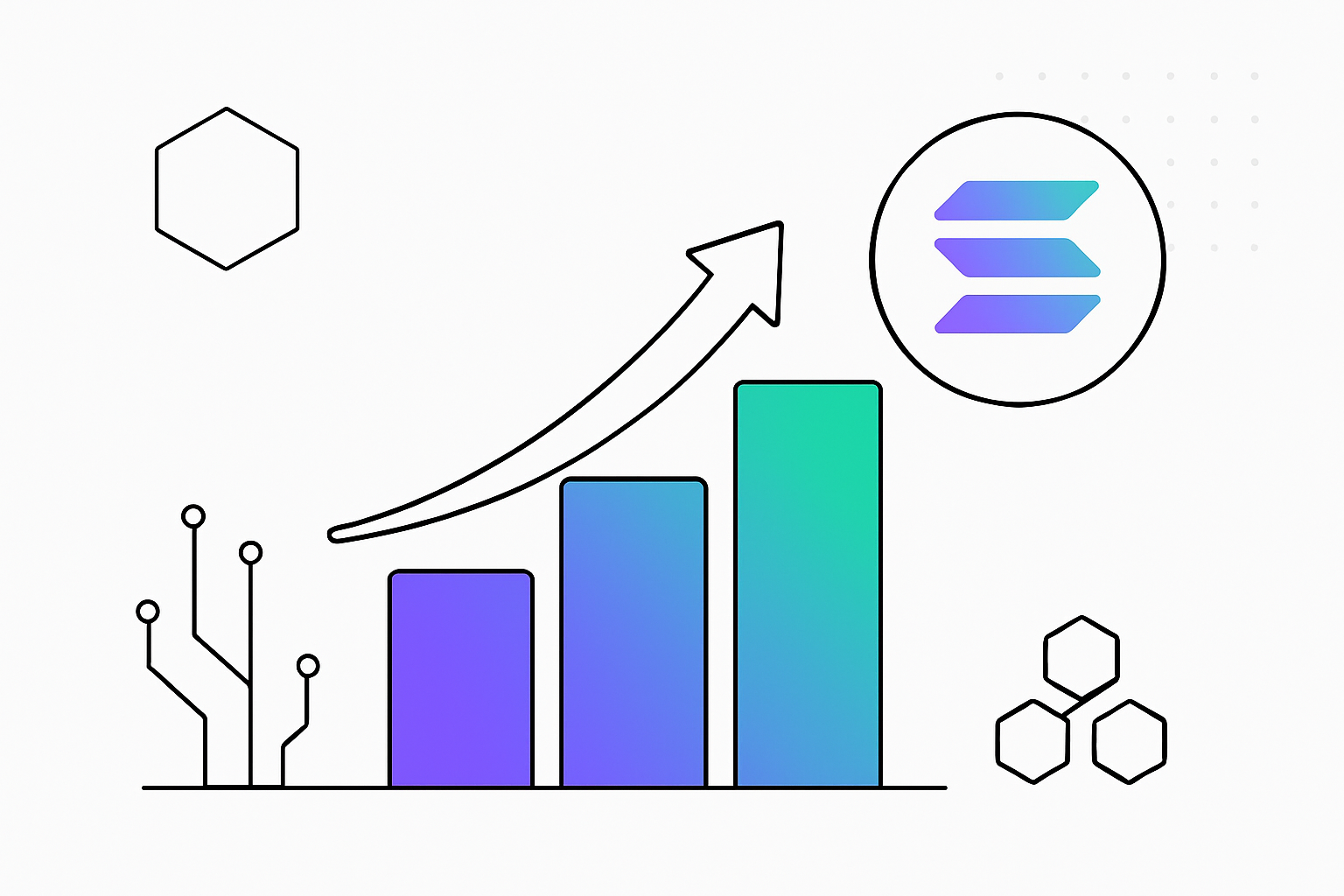Grid Systems for Money: How Solana and Squads Are Building the Financial Infrastructure [Visuals]
![Grid Systems for Money: How Solana and Squads Are Building the Financial Infrastructure [Visuals]](https://b3-contents.b3.fun/articles/grid-systems-for-money-how-solana-and-squads-are-building-the-financial-infrastructure-visuals-1fde33b6-b1ff-4ef0-8a69-178c7616d575.png)
The financial grid of the 21st century is being redrawn on-chain, and Solana is rapidly emerging as the backbone for this transformation. With the current price of Solana (SOL) at $200.48, the network’s robust performance and low transaction costs are enabling a new era of programmable money. At the heart of this evolution sits Squads, a protocol that is quietly but decisively laying the groundwork for a decentralized, open financial infrastructure.
Solana’s Grid System: The Blueprint for Modern Money Movement
Solana’s technical architecture is built for scale, supporting thousands of concurrent transactions with near-instant finality. This makes it uniquely suited for high-throughput financial applications. The network’s ability to settle global transactions in real time is not just a technical feat – it’s a paradigm shift for how money can move across borders, between businesses, and within digital economies.
But blockchains alone are not enough. What’s needed is a layer that abstracts complexity and delivers real-world utility. Enter Squads, which is leveraging Solana’s performance to create a financial grid that mirrors and improves upon the legacy banking stack. Through products like Grid and its smart contract wallet infrastructure, Squads is making it possible to build, deploy, and manage digital financial services with unprecedented speed and security.
“Squads is to Solana what TCP/IP was to the early Internet: an essential, invisible layer that makes everything else possible. “
From Multisig to Money Movement: Squads’ Infrastructure Advantage
Squads started as a multisig platform for secure onchain asset management, but its ambitions have expanded. Today, Squads Protocol secures over $15 billion in digital assets and has processed more than $5 billion in stablecoin transfers. Its core value proposition is account abstraction: simplifying the user experience while preserving cryptographic security. This is critical for institutions and fintech teams who need to manage treasuries, automate payments, and access yield without exposing themselves to operational risk.
The launch of Grid marks a pivotal moment. Grid offers a suite of REST APIs that allow developers to:
- Deploy and manage global USD accounts (with stablecoins as the underlying rails)
- Send and receive borderless payments in real time
- Access competitive on-chain yield and tokenized asset trading
- Issue virtual cards for spending digital dollars
- Query data and monitor treasury activity without blockchain complexity
What’s especially notable is that all of this happens without the friction of sponsor banks or legacy payment processors. The result is a programmable, always-on financial grid that is as accessible to a startup in Lagos as it is to a hedge fund in London.
Visualizing the Financial Grid: How Squads Powers Open Finance on Solana
To understand why this matters, consider the traditional banking stack: siloed ledgers, manual reconciliations, and slow settlement. By contrast, the combination of Solana and Squads delivers:
How Squads Grid APIs Replace Legacy Banking Functions
-
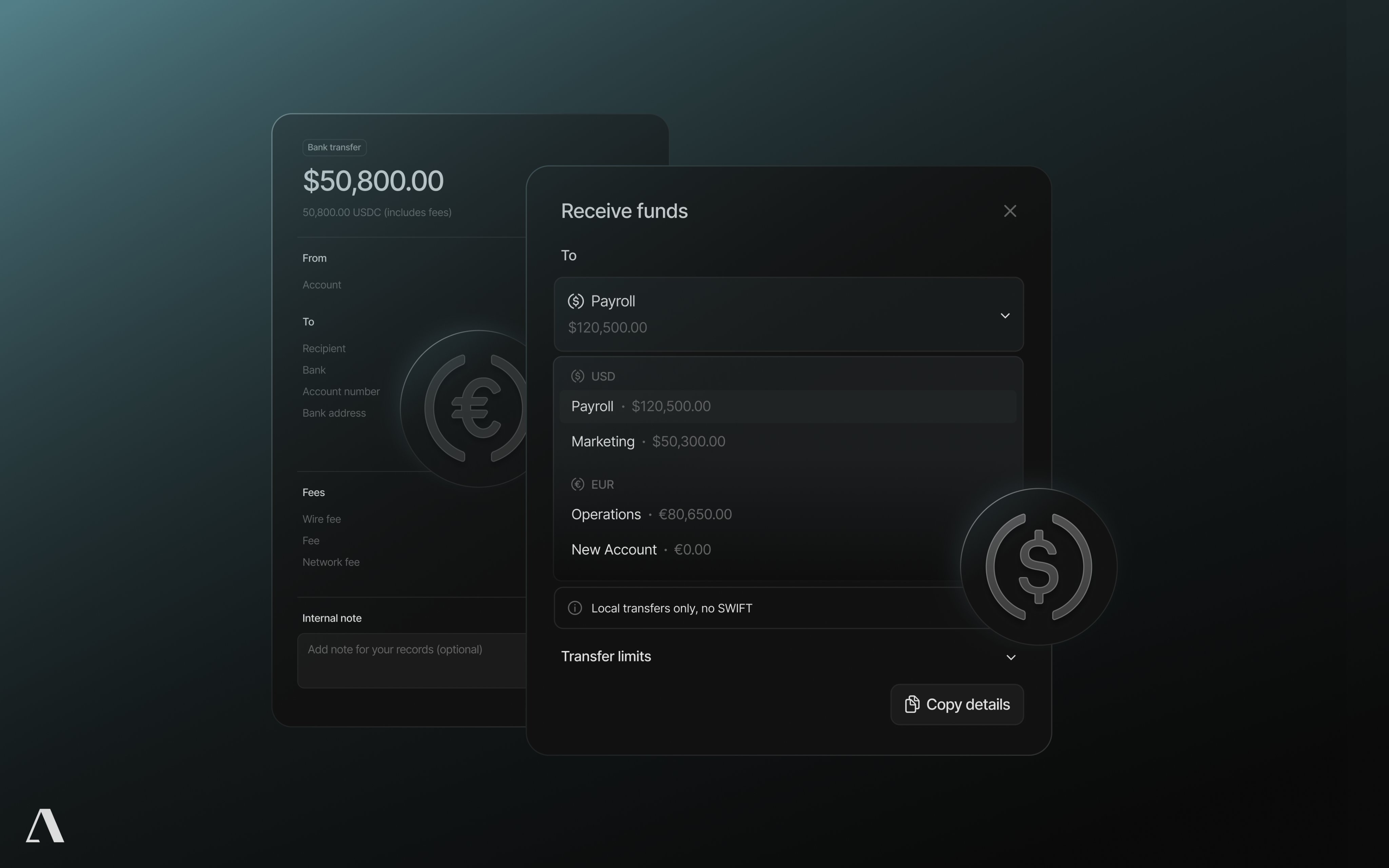
Global USD Accounts: Grid enables the creation and management of borderless USD accounts on Solana, eliminating the need for traditional bank accounts and their geographic restrictions.
-
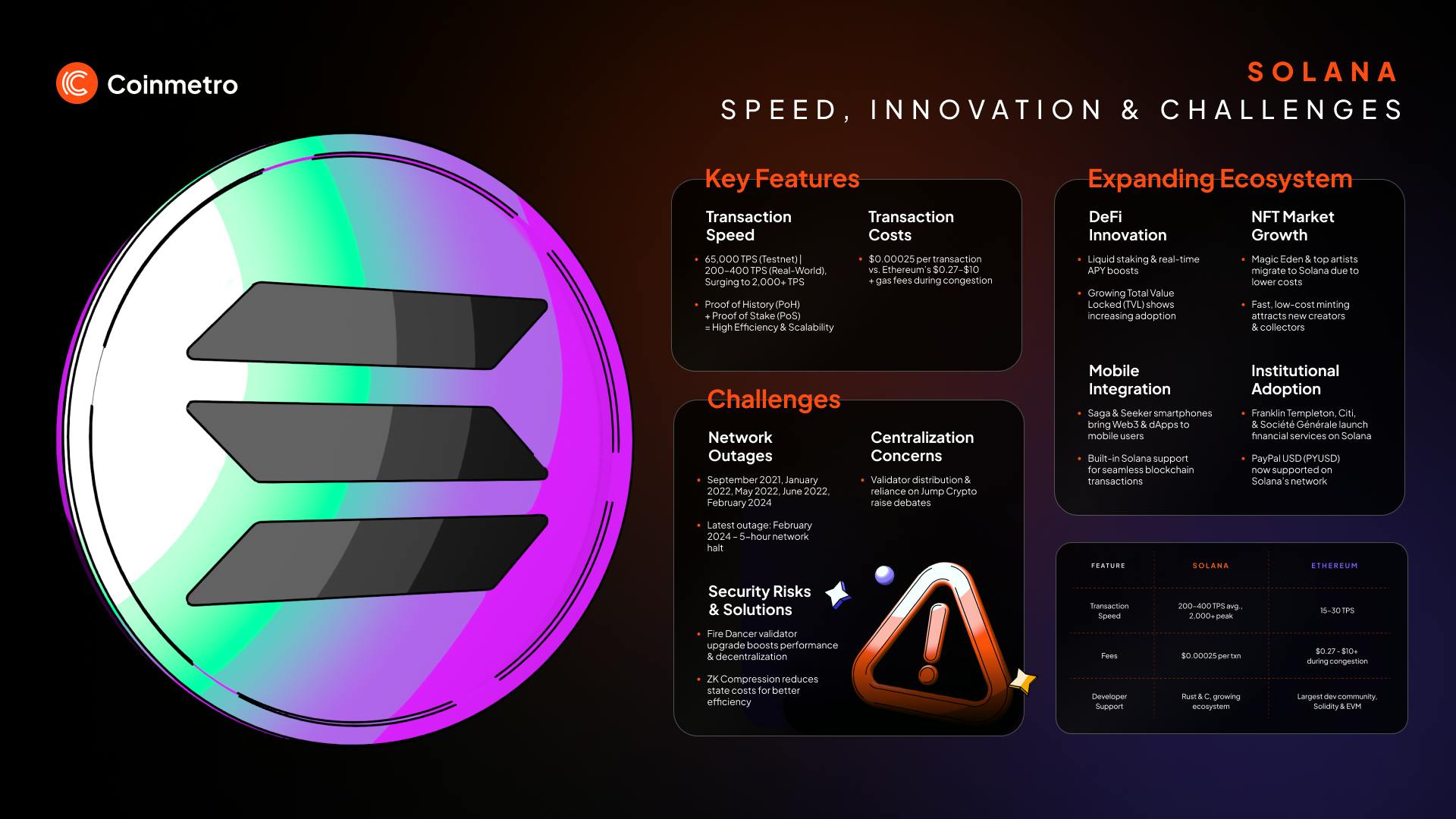
Real-Time Payments: With instant, 24/7 payments via stablecoins, Grid replaces slow legacy payment rails like SWIFT or ACH, supporting seamless global transfers.
-

Programmable Yield Access: Grid APIs integrate with platforms like Maple Finance to offer yield on idle USD balances, including U.S. Treasury Bills—something legacy banks rarely provide natively.
-
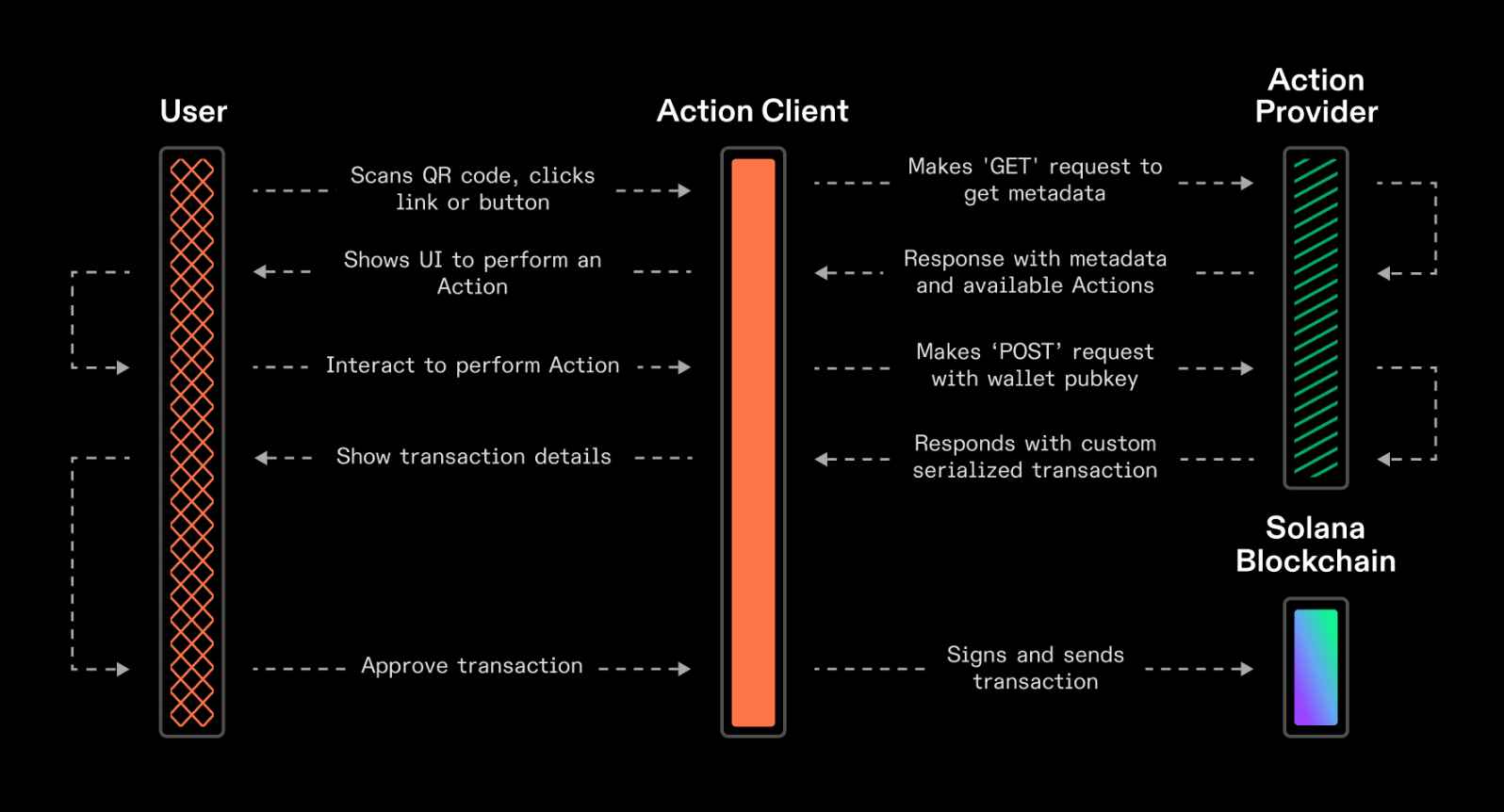
Virtual Card Issuance: Developers can issue virtual cards directly from USD accounts using Grid APIs, bypassing the need for sponsor banks or third-party card processors.
-
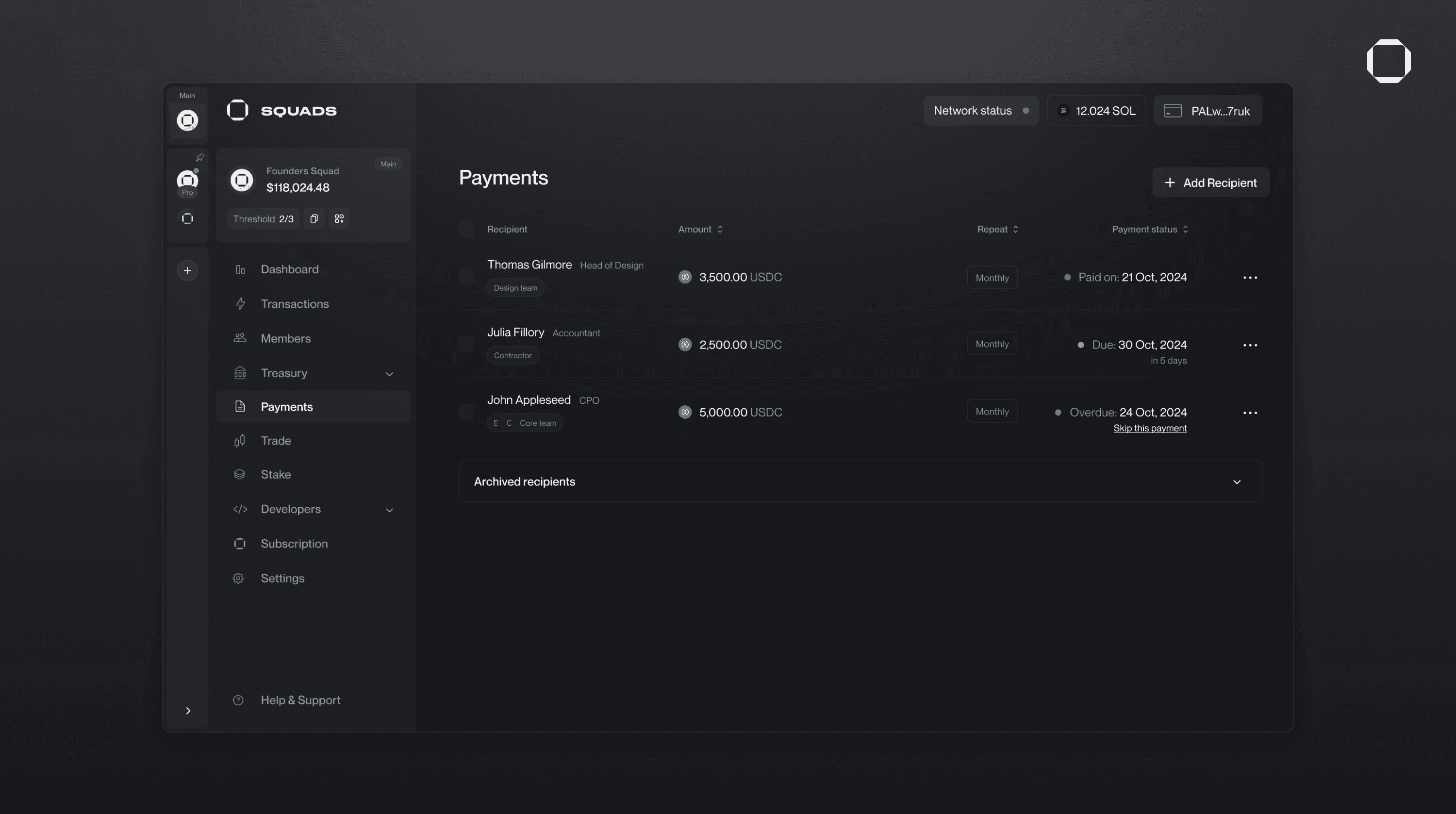
Secure, Programmable Multisig: Grid leverages Squads Protocol’s smart contract wallets for secure, programmable multisig management—delivering treasury security and automation beyond what traditional banks offer.
-
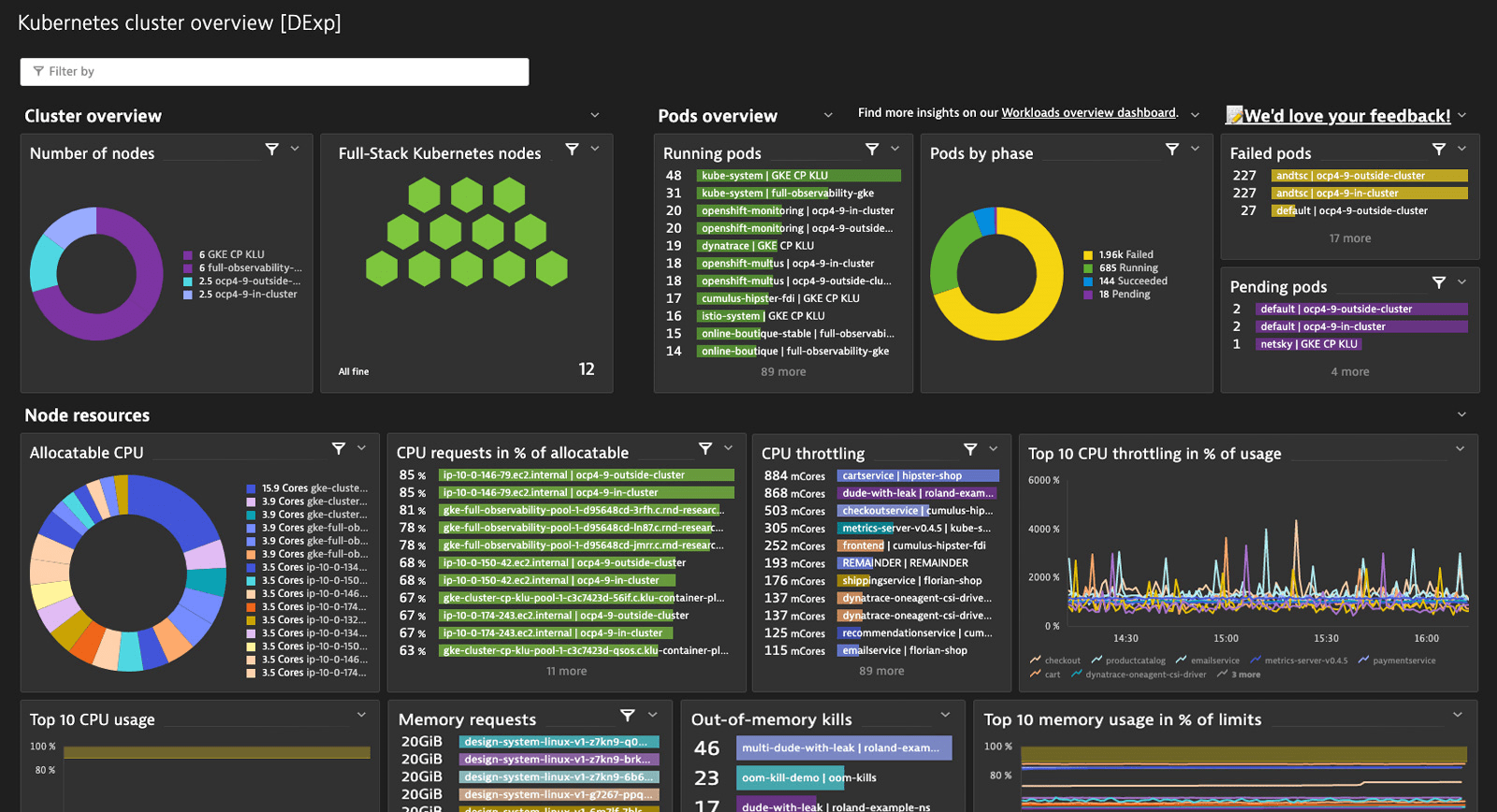
Unified Data & Compliance APIs: Grid provides REST APIs for transaction data, compliance, and reporting, streamlining what would require multiple legacy banking integrations.
This is more than just cost savings or speed. It’s about unlocking new business models. With programmable accounts and composable APIs, teams can build fintech products 10x faster than before. The integration with Maple Finance – allowing users to lend USDC and access U. S. Treasury Bill yields via the SquadsX browser extension – is a perfect example. Here, on-chain treasuries become productive assets, earning yield in real time without leaving the Solana ecosystem.
Solana (SOL) Price Prediction 2026-2031
Based on Solana’s current network activity, DeFi adoption, and the impact of Squads/Grid innovations. All prices in USD. Market context as of October 2025: $200.48 per SOL.
| Year | Minimum Price | Average Price | Maximum Price | % Change (Avg) vs. Prev. Year | Scenario Insights |
|---|---|---|---|---|---|
| 2026 | $175.00 | $240.00 | $325.00 | +20% | DeFi adoption continues; stablecoin rails see moderate growth. Possible corrections amid global macro uncertainty. |
| 2027 | $210.00 | $290.00 | $415.00 | +21% | Mainstream fintech adoption of Grid/Squads; new stablecoin products gain traction. Regulatory risks still present. |
| 2028 | $240.00 | $350.00 | $520.00 | +21% | Solana cements leadership in onchain finance; increased institutional usage. Competitor blockchains attempt to catch up. |
| 2029 | $265.00 | $410.00 | $635.00 | +17% | Global DeFi and stablecoin rails mature; tokenized assets and payments surge. Market volatility persists. |
| 2030 | $295.00 | $465.00 | $720.00 | +13% | Cross-chain interoperability expands, Solana sees increased use in global settlements. Regulatory clarity improves. |
| 2031 | $320.00 | $515.00 | $800.00 | +11% | Solana ecosystem highly integrated in global finance. Squads/Grid APIs widely adopted by fintechs and enterprises. |
Price Prediction Summary
Solana is well-positioned to benefit from the ongoing shift toward decentralized financial infrastructure, driven by products like Squads and Grid. Assuming continued network upgrades, DeFi adoption, and reasonable regulatory progress, SOL could see steady growth over the next six years, with volatility reflecting the broader crypto market cycles. The average price projection increases progressively, but market corrections and regulatory headwinds may cause significant short-term fluctuations.
Key Factors Affecting Solana Price
- Continued adoption of Squads/Grid and stablecoin APIs on Solana
- Global DeFi and fintech demand for fast, low-cost settlement rails
- Regulatory clarity, especially regarding stablecoins and DeFi protocols
- Competition from other high-performance blockchains (e.g., Ethereum, Sui, Aptos)
- Macro-economic trends impacting risk assets and digital currencies
- Technical upgrades and scalability improvements on the Solana network
- Security, network reliability, and user trust in Solana ecosystem
Disclaimer: Cryptocurrency price predictions are speculative and based on current market analysis.
Actual prices may vary significantly due to market volatility, regulatory changes, and other factors.
Always do your own research before making investment decisions.
As we move deeper into 2025, these innovations are not just theoretical. They’re securing billions in assets and powering real-world payments at scale. The grid system for money is no longer a vision – it’s being built right now, on Solana and by Squads.
With Solana (SOL) trading at $200.48, the momentum behind its DeFi infrastructure is unmistakable. Squads’ approach to open finance is resonating with both institutional players and agile fintech startups, thanks to a blend of robust security, composability, and relentless cost optimization. The recent implementation of state compression, which slashes the cost of deploying smart accounts from $0.35 to less than a penny, is a game-changer for scaling digital finance globally.

What sets the Solana grid system for money apart is its ability to turn previously static treasuries into dynamic, programmable capital. Through Squads Protocol, teams can automate complex multi-signature workflows, schedule payments, and even set up conditional disbursements based on real-time events. This programmable layer is critical for everything from payroll automation for DAOs to instant settlement for global e-commerce.
The Road Ahead: Solana and Squads as the Financial OS
As regulatory clarity around stablecoins improves and on-chain compliance tools mature, expect adoption to accelerate. The Maple Finance integration is just the beginning: it signals a future where treasuries, payments, and yield generation all converge in a unified, composable stack. The result is a financial grid that is borderless by default, secure by design, and open for innovation.
For builders and investors, the message is clear: the financial grid of tomorrow will be modular, programmable, and global. Solana’s high-performance architecture and Squads’ developer-first APIs are setting new standards for what’s possible in digital finance. As more assets and payment flows migrate on-chain, the opportunity space widens – not just for cost savings but for entirely new categories of financial products.
Key Use Cases Powered by Squads Grid APIs on Solana
-

Cross-Border Payroll: Instantly pay global teams in stablecoins via Squads Grid APIs, leveraging Solana’s real-time settlement and low fees for seamless, borderless payroll operations.
-
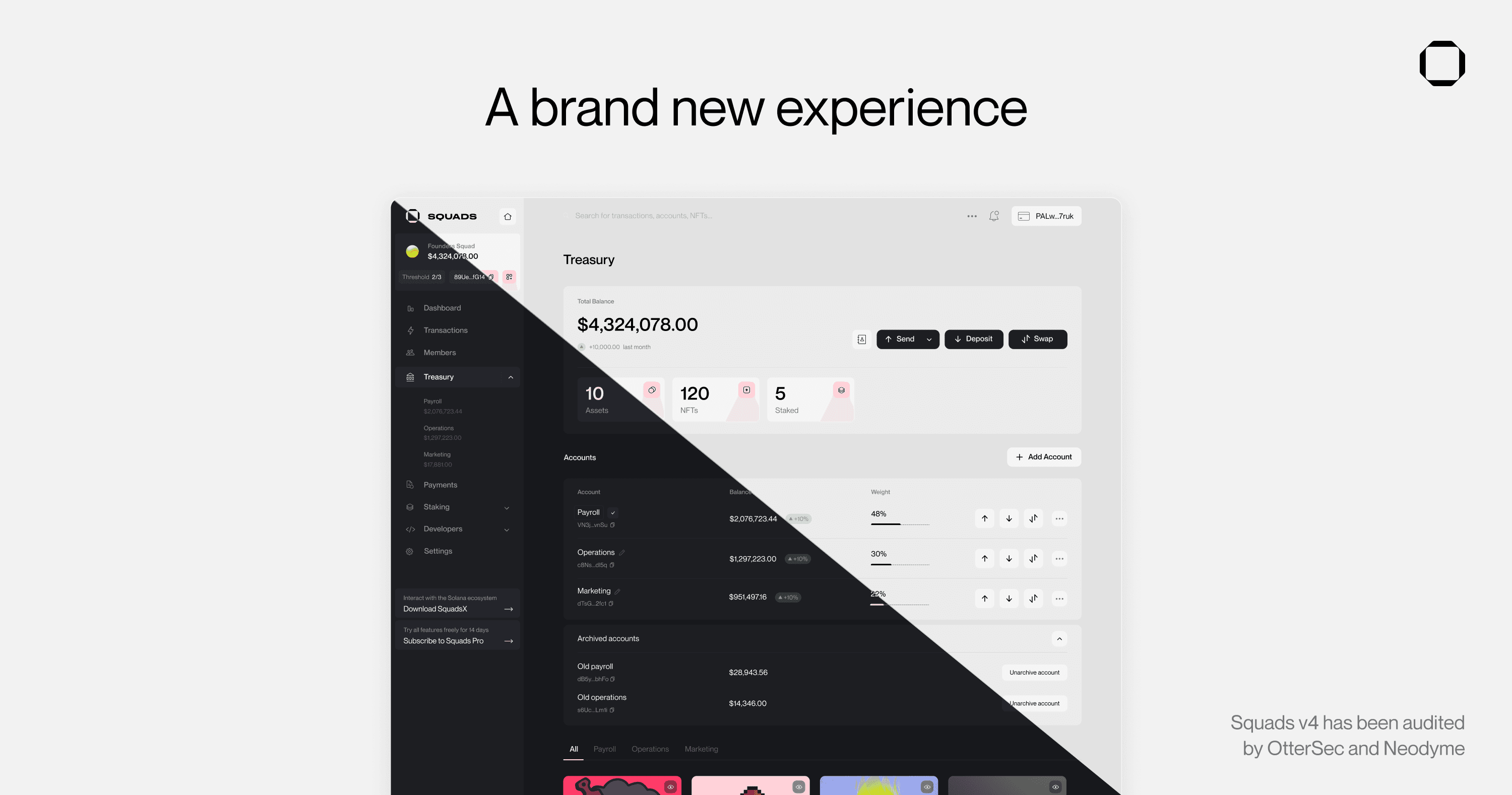
DAO Treasury Management: Securely manage decentralized organization funds with Squads Protocol multisig wallets, enabling programmable treasury controls, transparent governance, and automated disbursements.
-
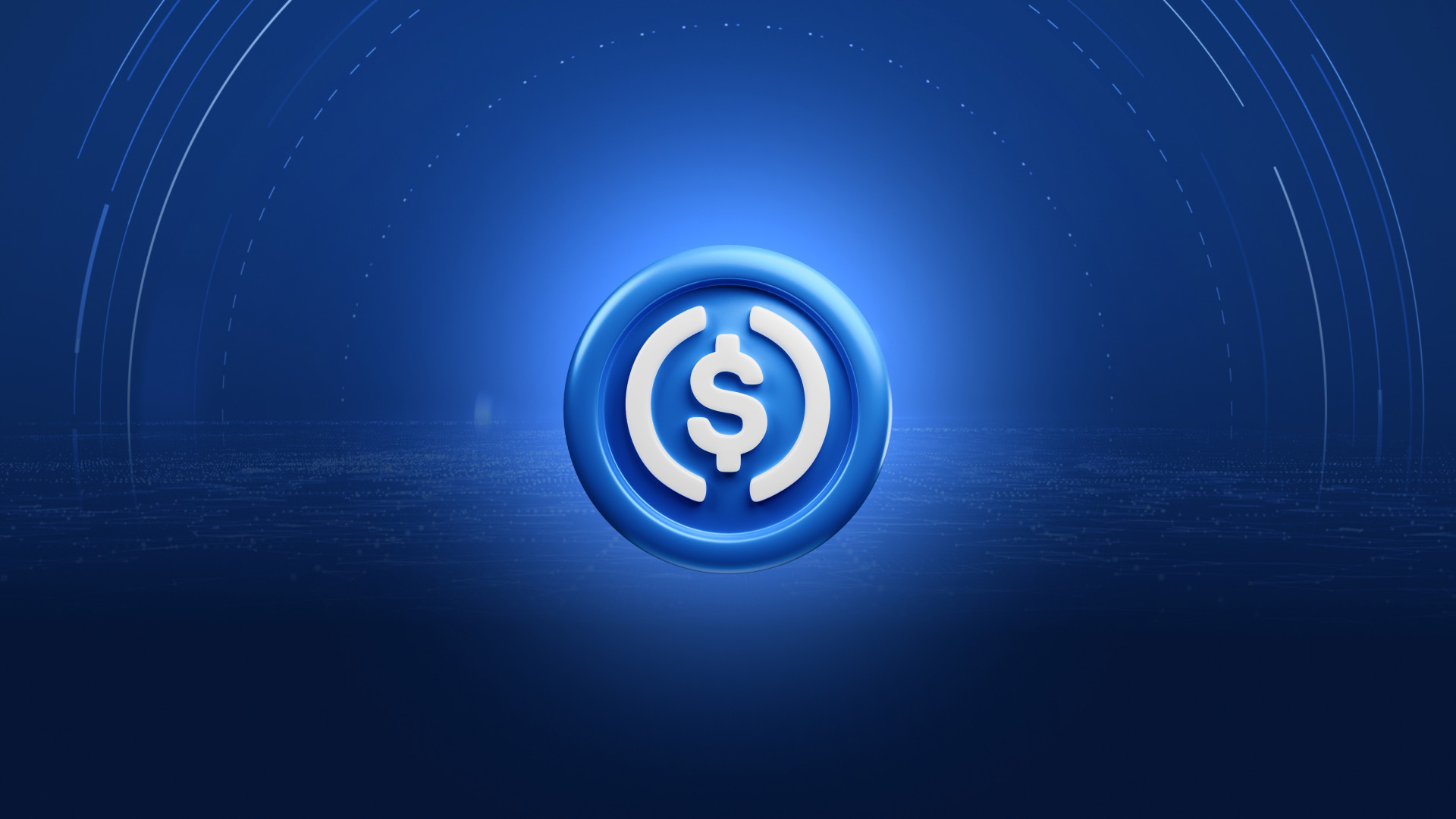
Instant Stablecoin Payments: Use Grid’s REST APIs to send and receive USD stablecoins globally in seconds, bypassing traditional banking rails and offering 24/7 liquidity.
-
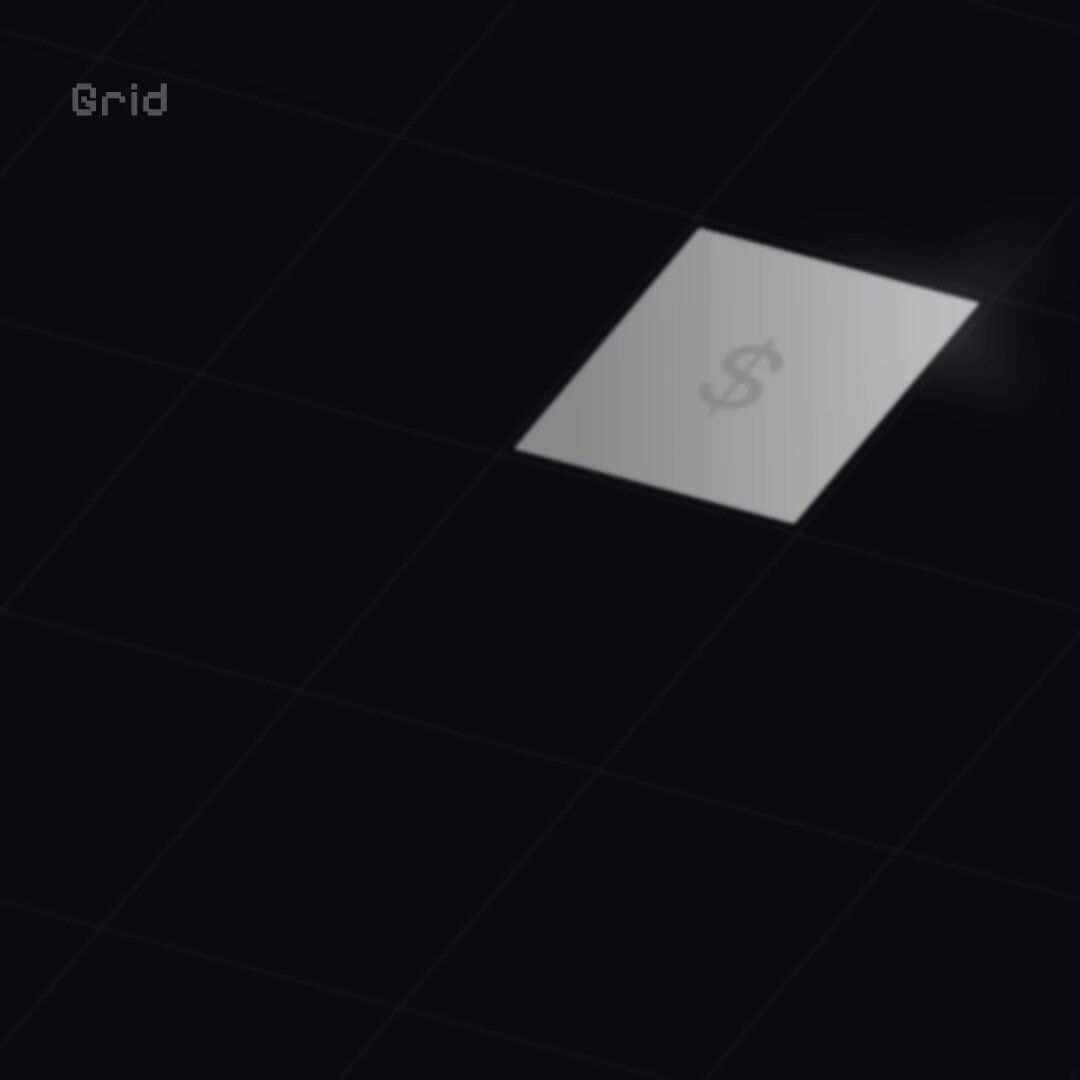
Programmable Spending with Virtual Cards: Issue and manage virtual cards linked to stablecoin accounts, enabling programmable spending rules and real-time expense tracking for teams and DAOs.
-
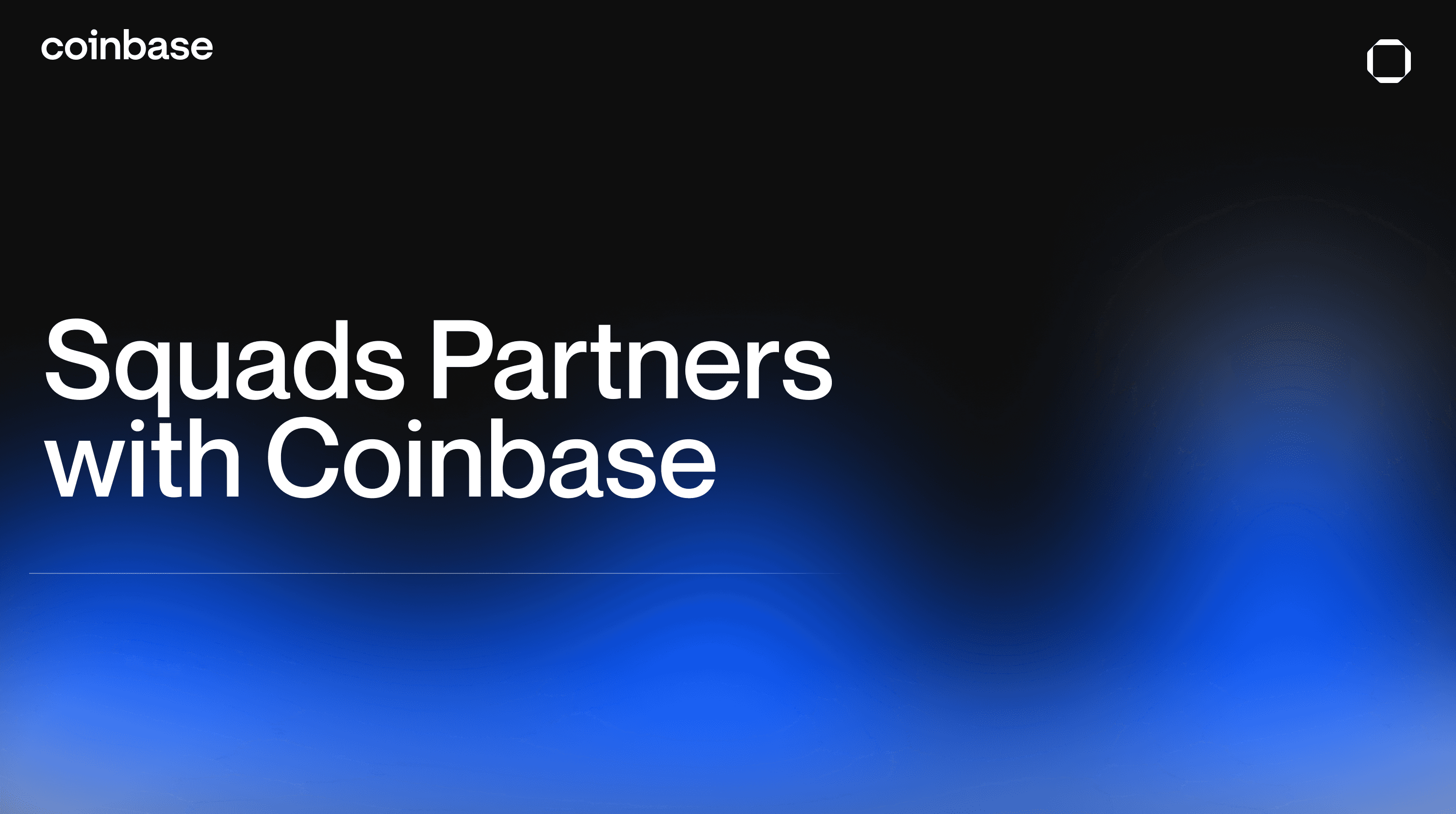
Automated Yield Strategies: Access DeFi yields (e.g., U.S. Treasury Bills via Maple Finance) directly through SquadsX, automating idle asset deployment and treasury growth on Solana.
Why It Matters Now
The numbers speak volumes: with $15 billion secured and $5 billion in stablecoin transfers processed, Squads isn’t just theorizing about the future – it’s building it. Solana’s current price of $200.48 reflects growing confidence in its role as a foundational layer for decentralized finance. For anyone serious about the next era of fintech, understanding how Solana and Squads are architecting this grid system for money isn’t optional – it’s essential.

